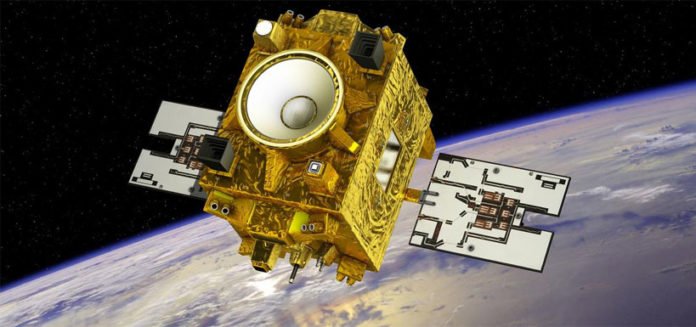As per general relativity, all bodies should fall at a similar rate in a gravitational field, free of their synthesis. This equivalence principle has so far withstood every exploratory test, however discovering infringement could give pieces of information to hypotheses that bring together gravity with the other major powers or that clarify the dark matter or dark energy.
Now the team of researchers from the French Aerospace Lab and at the Côte d’Azur Observatory working on France’s MICROSCOPE satellite project has further confirmed the equivalence principle by recreating Galileo’s free-falling objects experiment in a satellite.
Roughly 700 years back, Galileo, as some have detailed, dropped cannonballs of various sizes from the Leaning Tower of Pisa to demonstrate that they would hit the ground in the meantime. Six hundred years after the fact, Einstein distributed his Theory Of General Relativity, which incorporated the equality standard, and as Galileo illustrated, expressed that articles with various masses fall at a similar rate because of gravity.
In this new effort, the researchers have performed roughly the same experiment as Galileo, except they have done it in space and measured the results with far more precision.
In order to test the equivalence principle, scientists launched the MICROSCOPE satellite in 2016. They are now come up with its first results.
By taking advantage of the quiet environment in space, the mission tested the equivalence principle with record accuracy, finding no deviations from the predictions of relativity.
The MICROSCOPE satellite consisted of one cylindrical shell set inside of another larger cylindrical shell. The cylinders were small, of course, just a few centimeters long, and were made of different materials—the inner one of platinum and rhodium, the outer from much less dense titanium and aluminum.
Running the trial in space expels factors that can upset gravitational power, for example, water moving underground. The chambers free fall as they travel through space with an electric field present to shield them from veering from a straight descending way.
Their fall is measured accurately. Any deviations in speeding up would be viewed as an adjustment in the electrical field. Scientists reported that none were found.
The specialists report their analysis offered 10 times the exactness of past trials intended to do a similar thing. They take note of what they trust it will be conceivable later on to direct a similar try different things with much more exactness by better controlling the temperature inside the satellite.
